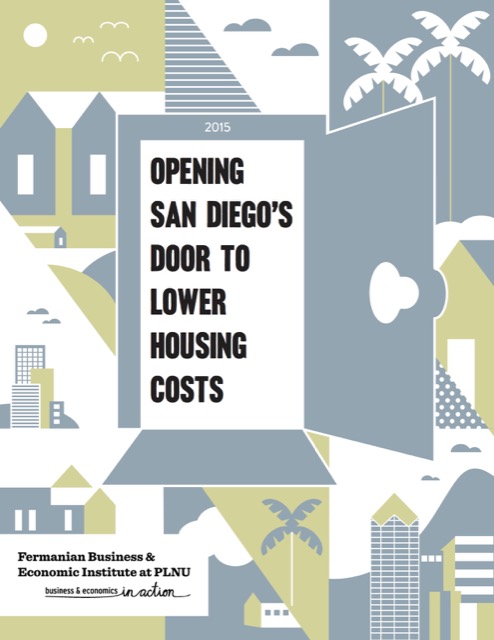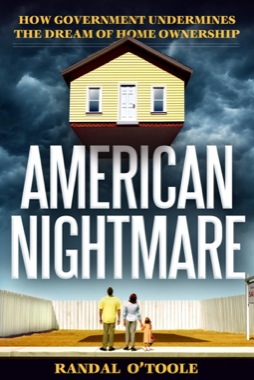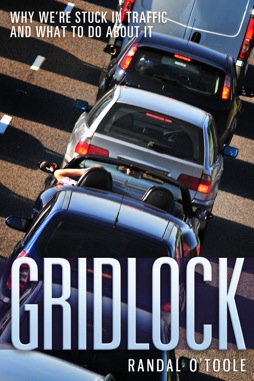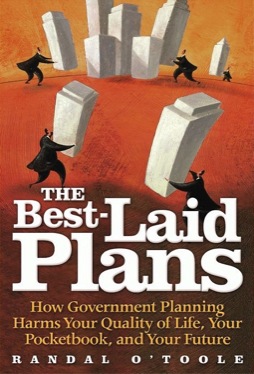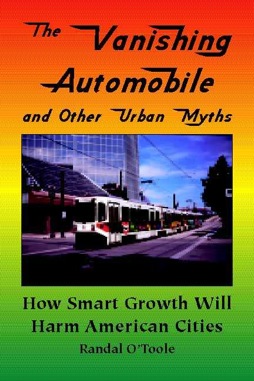The city and state officials who promoted construction of Honolulu’s rail transit line now admit that they don’t know how they are going to pay for the cost of operating that line. Between 2019, when the first part of the line is expected to open for business, and 2031, those costs are expected to be $1.7 billion, or about $140 million per year. In 2011, the annual operating cost was estimated to be $126 million a year.
Honolulu has about a hundred bus routes, which cost about $183 million to operate in 2013, or less than $2 million per route. The rail line will therefore cost about 70 times as much to operate as the average bus route.
Officials project that rail fares will cover less than a third of operating costs, but that’s probably optimistic. They are predicting 116,000 daily riders in 2030, which works out to about 5,800 riders per mile. That’s more than the number of riders per mile carried by the Chicago Transit Authority, Atlanta’s MARTA, or the San Francisco BART system–and considerably more than carried by heavy-rail lines in Baltimore, Cleveland, and Miami.


